Bali Airport has implemented screening measures to help halt the transmission of Monkey Pox. The virus has not been detected in Bali, but as cases slowly increase worldwide, authorities are keen to be proactive in halting any potential spread.
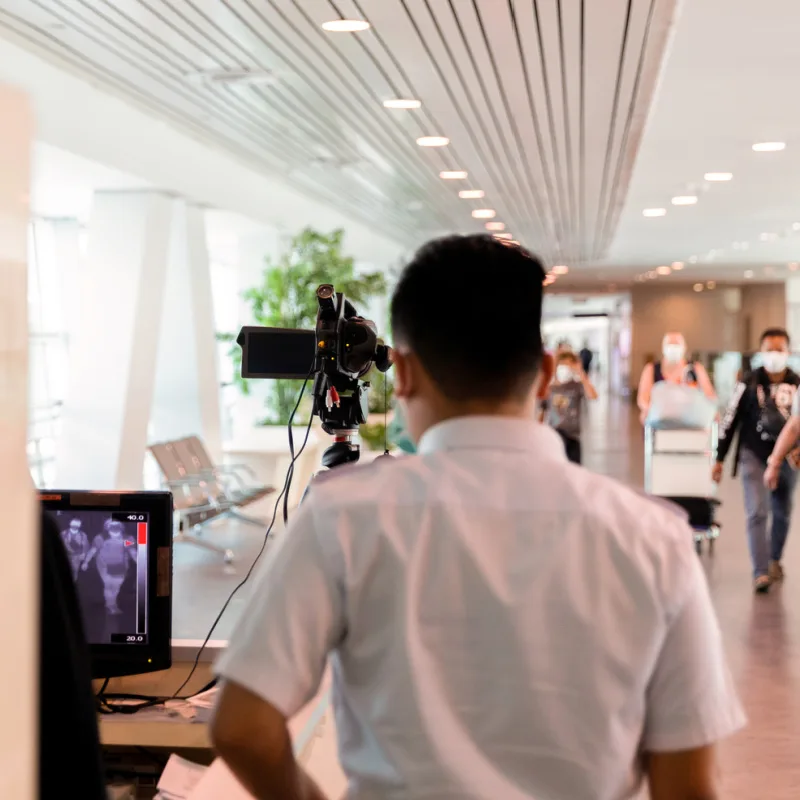
The Head of the Bali Provincial Health Office, Dr. I Nyoman Gede Anom, confirmed to local reporters that his teams have coordinated with I Gusti Ngurah Rai International Airport and the Denpasar Class I Port Health Office on the 6th August 2022.
The meeting led to a shared understanding as to the importance of increased screening measures which has led to the installation of screening tools to detect any potential monkeypox cases arriving in Bali. These increased measures include temperature screening cameras that can detect any increase in bodily temperature as people walk through the airport.
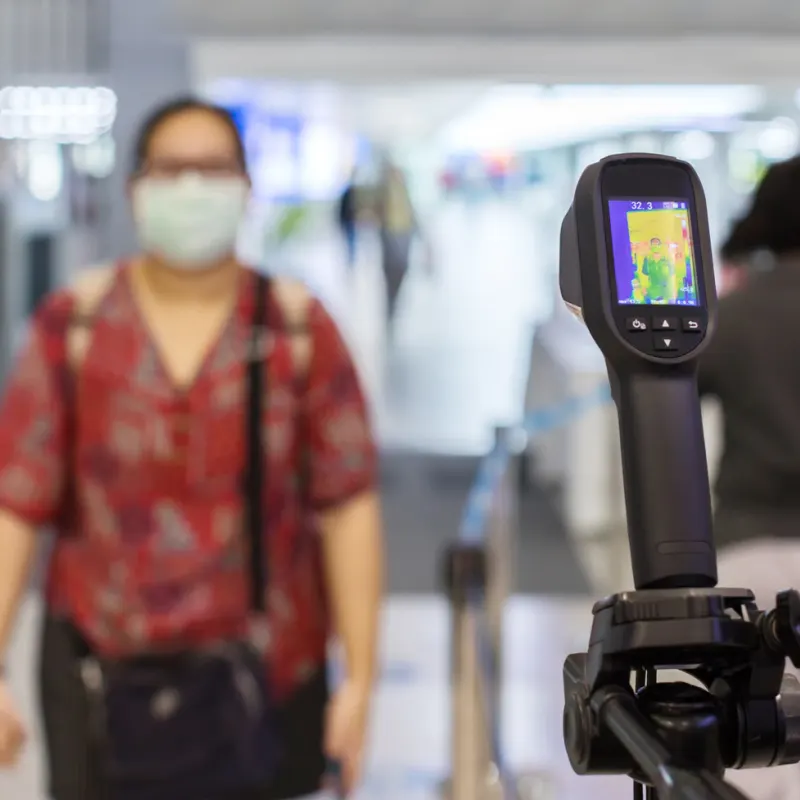
The General Manager of I Gusti Ngurah Rai Airport, Handy Heryudhitiawan, also confirmed that his teams have coordinated with the Denpasar Class I KKP and all airlines to anticipate the spread of the monkeypox virus.
He told local reporters ‘Currently, there are several health issues that have become the world’s concern, such as [foot and mouth disease] and Monkeypox. We certainly continue to coordinate intensively with relevant stakeholders such as the Port Health Office (KKP), the Agricultural Quarantine Center, and the National Disaster Management Agency (BNPB)’.
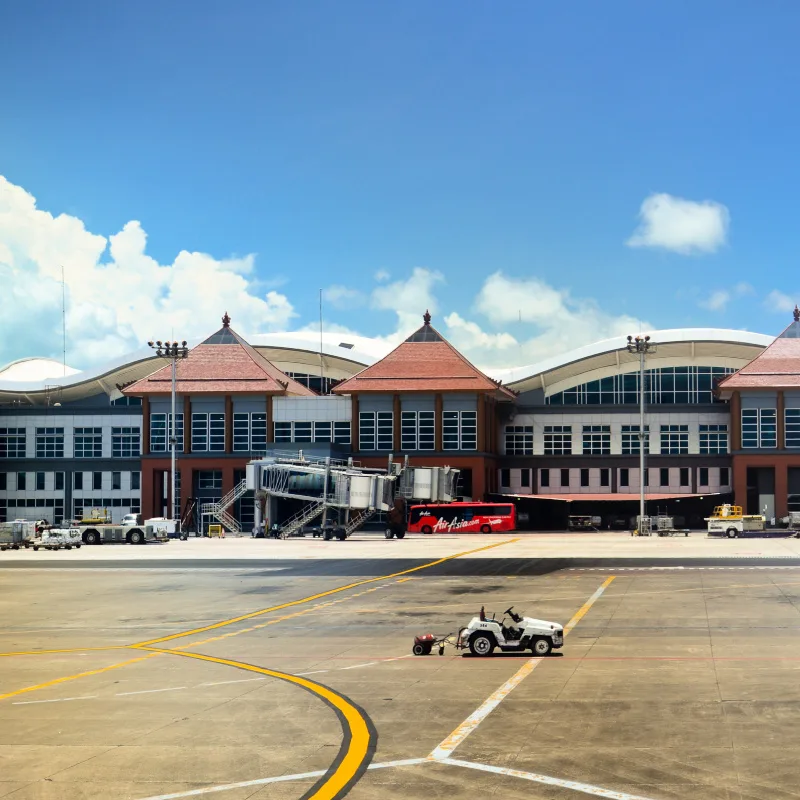
Heryudhitiawan explained the new screening measures in place. He said his teams are ‘supporting facilities to prevent the transmission of these diseases such as placing thermo scanners at the door of arrivals and departures, as well as laying disinfectant carpets at every entry and exit of the passenger area’.
The new screening measures cause minimal disruption to passengers’ experience at Bali Airport. Heryudhitiawan confirmed that these measures are precautionary and that there have been no special policies or warnings put in place regarding Monkeypox. He closed his statement by saying ‘However, we continue to strive to ensure services so that passengers can fly healthily and safely’.
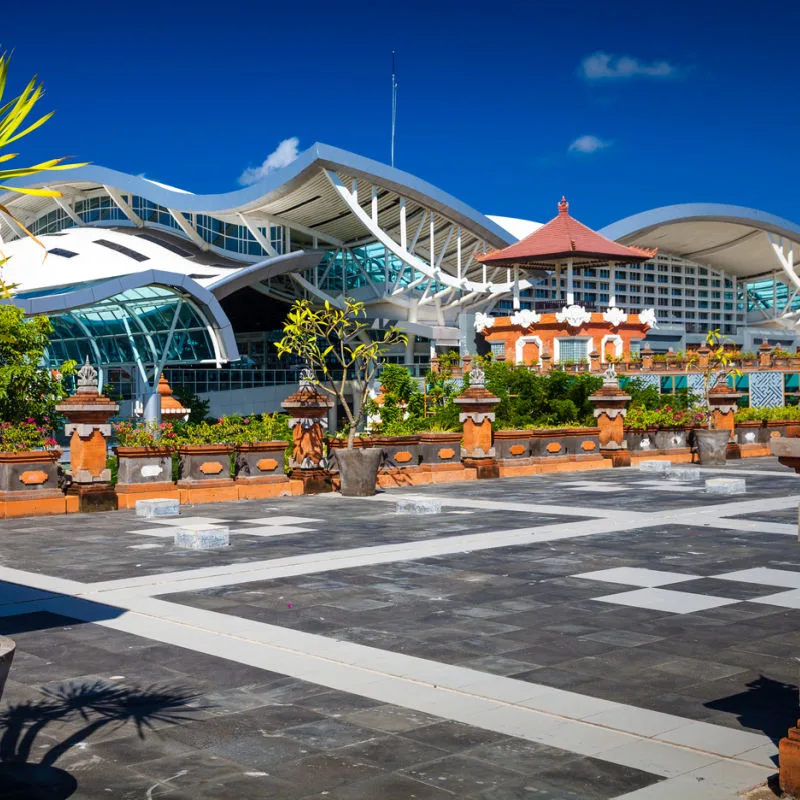
Airports around the world have increased observations for potential monkeypox cases after a series of cases have been identified in countries where the disease is not commonly found.
According to the World Health Organisation Monkeypox can be transmitted from human to human as a result of close contact with respiratory secretions (breath and saliva) as well as close contact with the infected skin lesions and blisters caused by the virus.
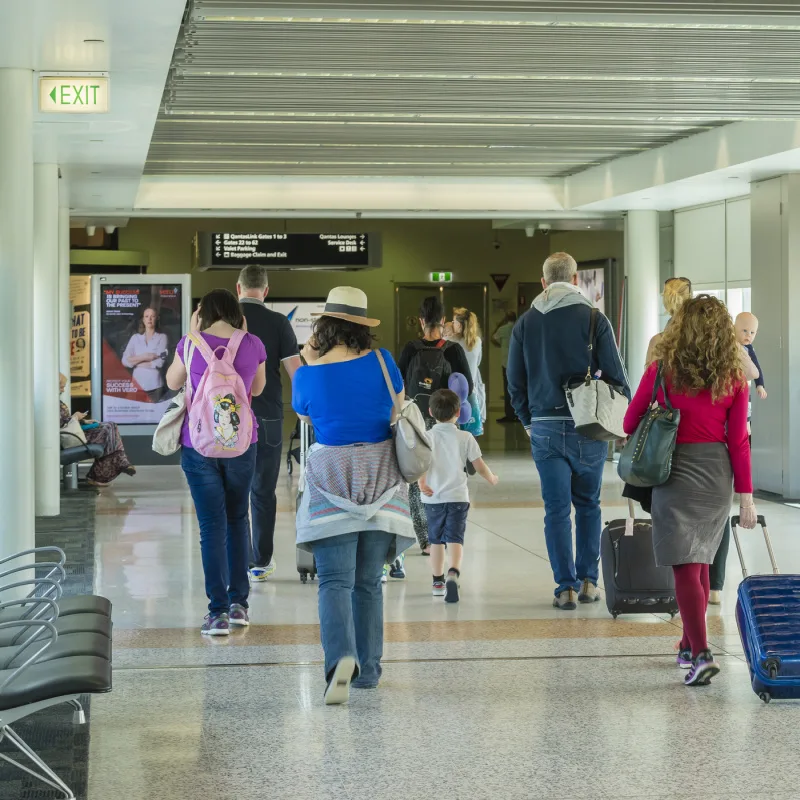
Symptoms of monkeypox usually take 6-13 days to appear after infection. Symptoms start as a fever and intense headache, swelling of the lymph nodes, and muscle aches. 1-3 days after the fever begins, chickenpox-like blisters will appear over the face and will spread to the torso.
Symptoms can last 2-4 weeks. The virus is unpleasant and painful but nowadays is very rarely fatal. Some people need to be hospitalised and isolated depending on the severity of their symptoms.
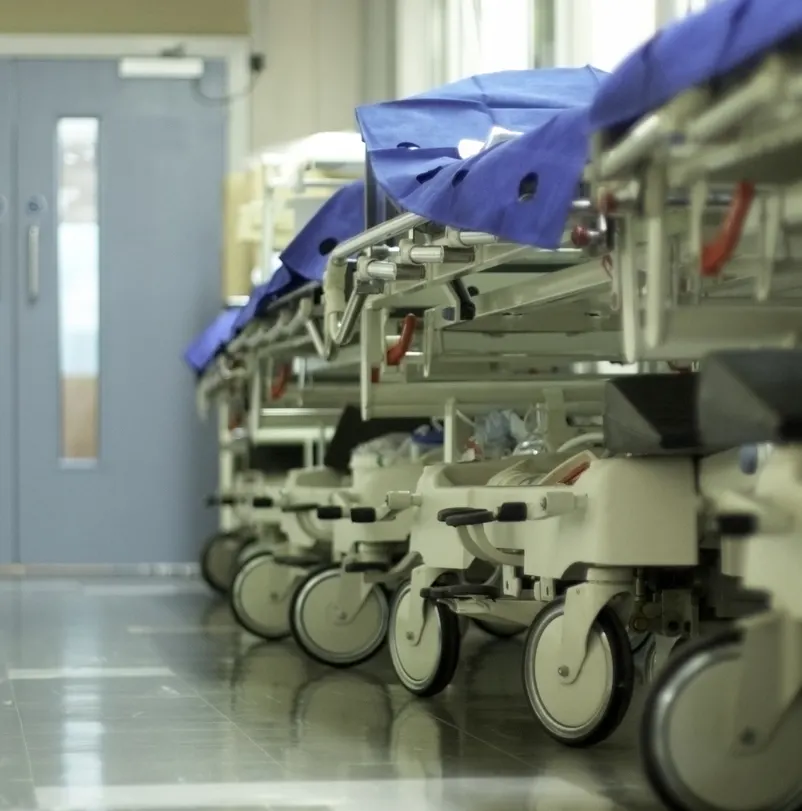
Increased measures at Bali Airport to prevent the spread of foot and mouth disease will be supported by Australian airport authorities. Authorities in Australia have shared concerns that the response from the Indonesian government to the foot and mouth disease outbreak had been a little slower than they would have hoped.
The installation of disinfection mats at Bali Airport is a simple but effective way to reduce the risk of foot and mouth disease spreading across borders. Foot and Mouth disease is a virus that affects animals with cloven feet, like cows, pigs, goats, and sheep. Officials in Australia are concerned that the virus could cause AUD 80 billion in damages to the agricultural sector if found on Australian shores.
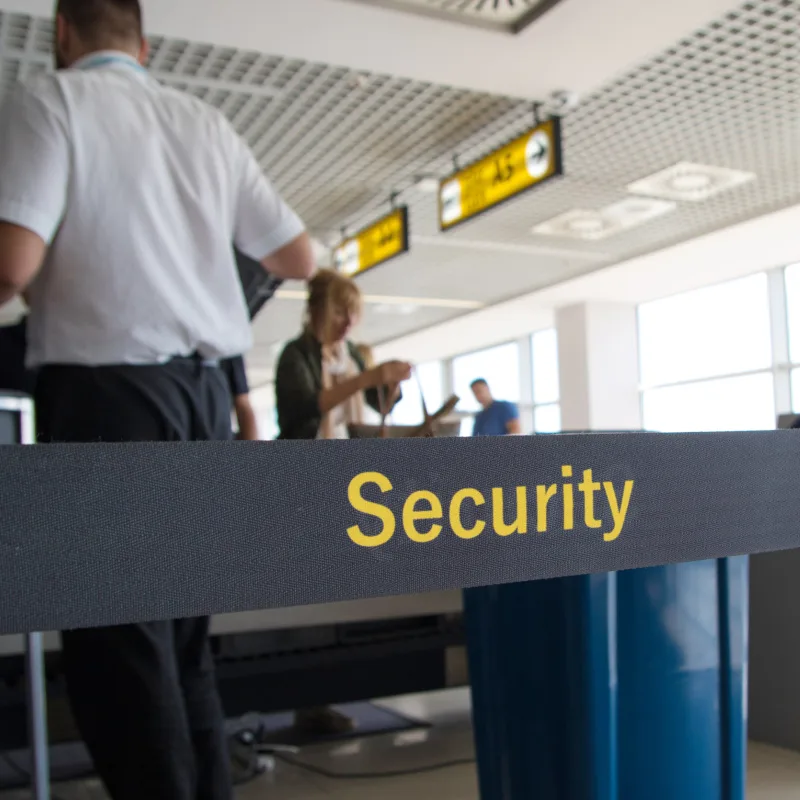
Passengers are advised to either thoroughly disinfect their shoes or leave them behind in Bali. While foot and mouth disease poses no threat to humans it is highly contagious and humans can carry the virus from one place to another as mud infected with the virus is easily caught on shoes, clothing, and luggage. In the right conditions, the disease can survive without a living host for up to 6-months.
Remove All Ads & Unlock All Articles… Sign up for The Bali Sun Premium

Plan Your Bali Holiday:
Book The Best English Speaking Drivers For Airport Transfers & Tours
Choose From Thousands of Bali Hotels, Resorts, and Hostels with Free Cancellation On Most Properties
Book Cheap Flights To Bali
Don’t Forget Travel Insurance That Covers Medical Expenses In Bali
For the latest Bali News & Debate Join our Facebook Community
SUBSCRIBE TO NEW POSTS
Enter your email address to subscribe to The Bali Sun’s latest breaking news, straight to your inbox.

Mat
Tuesday 9th of August 2022
For godssake, viruses have been among us for centuries now, nobody paid that much attention, cuz that was something that we had to live with. Especially in autumn and winter times. People carried on with their lives. Suddenly media all over the world make a big deal of all the EXACT SAME viruses that are known to humanity already (but now with different names, loL) spreading the fear and fake news. Viruses were with us, are with us and will be with us. What media says is totally false. They are not as deadly. We can carry on, really. No need to shut down the economy, jeeeezzz. #idiocracy fullspeed. Supersonic. I cant believe societies are so blindfolded to believe all the crap